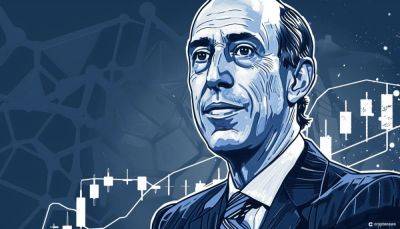India grapples with climate policy dilemma amid renewable energy expansion: BP Economist insights
renewable energy capacity, it faces a conundrum, despite targets for renewable power generation, the nation is poised for significant growth in fossil fuel-fired power generation in the coming years.
This dilemma, highlighted by BP chief economist Spencer Dale, underscores the mounting sense of «frustration and anger» in developing economies over Western-imposed climate policies.
«Even if that happens, the country will still need to boost coal- and/or gas-fired generation to meet forecasts of energy demand growth», Dale said.
India, a key player in global energy dynamics and one of the world's largest oil importers, aims to triple its renewable power generation capacity by 2030, reaching around 500 GW under its clean energy targets, as mentioned in insights by S&P Global Commodity Insights.
However, even with this ambitious goal in sight, the country is expected to rely on coal- and/or gas-fired generation to meet the projected growth in energy demand.
Dale emphasized that even if India successfully triples its solar and wind capacity, it would still only meet 75 per cent of the anticipated growth in power demand by 2030.
«Even if they did that and they put everything into power demand, they would still only meet 75 per cent of the expected growth in power demand to 2030. To meet that demand you would need either a 20 per cent increase in coal-fired generation or a tripling of gas-fired generation. That is what they mean about imposing Western blueprints on developing economies», said Dale.
To bridge this






















